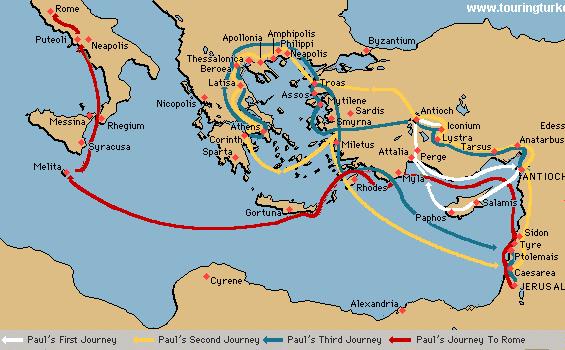Gnosticism, Essenes, and Christianity
Copyright 2019 by Joan Berry
“Know what is in front of your face and what is hidden from you will be disclosed to you. For there is nothing hidden that will not be disclosed,” (From the Book of Thomas).
In some Christians’ opinion, they believe that Christianity in its early stages was of one accord; it was united, had one doctrine, and was charismatic. They further think all the people were inspired by the life and teachings of Jesus and that all believed in the same religion. In truth, all that is a myth. The early church was not united and there were many sects of Christianity that believed they were the only true believers. Some were Christians in name only. This is still true today with innumerable Christian Protestant denominations.
In this study, there is a comparison between the most prominent sects aside from the basic Christianity; the Essenes and the Christian Gnostics. With the discovery of the Nag Hammadi Scriptures (NHS) in 1945, a portal was opened to present a fresh view of early Christian communities. Further studies revealed that Christian Gnostics and Christianity were not divergent branches of the same religious tree. Claremont Graduate University professor James M. Robinson translated the Scriptures and learned that Gnostic writers were not the depraved cult described by some church leaders who held personal opinions. [These were the same leaders who discriminated against women and displaced them from church]. Gnosticism was recognized as a legitimate religious movement.
In the 1970s, after translation from Hebrew to Greek, to English, the NHS Codices provided a clear explanation of the diverse and philosophical ideas that found a place in early Christianity; an alternate view of the movement. Most of the NHS are Christian and were widely available in the early church. The contents of our Protestant Bible are only a small selection of Christian writings. Centuries later, various Christian writers used personal opinion as their guide to try to discredit the Gnostic Scriptures. Today, the NHS is a favorite with students of religions.
At the time of the Jesus Movement, the society was influenced by Greek and Roman cultures. The Gnostics were influenced by these cultures as well as by Jew and Christian doctrines. They ascribed to the belief that the universe was composed of two realms. One was present and visible world of matter; the other was spiritual, light, and good. They further believed that within themselves was a spark of divinity and by living a righteous life they could acquire special knowledge and practices to allow them to be free of their bodies and join Jesus in Heaven. Apparently, they believed they were physical matter, but a spiritual being.
A big difference between the Christians and Gnostics was that the Gnostics believed they were the only true believers and the Chosen Ones and that only they could have the special knowledge of the Gospels. Of course, the Christians were not having any of that and declared the Gospels were to be preached to all people – the world.
Christianity has its origins in Judaism and was considered to be a Jewish sect for some time. The separation came after the resurrection of Jesus. Christians lived among other sects such as the Pharisees, Sadducees, Gnostics, and Essenes. There were texts among religious writings of the times describing the ascetic and apocalyptic beliefs of the Essenes. This sect was totally devoted to their faith and embracement of martyrdom. The belief in martyrdom may have influenced this practice in Christian thought. Both shared the belief such as the imminent end of the world and return of Jesus. Furthermore, they held in common the belief that they should live pious and ascetic lives, be separate from cities and secular places. They ascribed to a life of solitary or communal prayer and self-denial. We see this today in convents, monasteries, and communal groups.
Conclusion:
While some of us, including myself, do not totally agree with Gnosticism [Remember there were different sects of Gnostics just as our Protestant churches], there is common ground and this is true of the Essenes to a degree. Christianity, as we know it, was not organized and fully developed at this time either.
A Great decade
During the 1940s, after 2000 prior years, two great biblical discoveries were discovered. In 1945, the Nag Hammadi Scriptures were found buried in a clay jar at the base of the Jabal Cliffs near the Nile River in Egypt. There were13 papyrus codices(bound as books, not scrolls). In all, there were 52 tractates, six were duplicates, and some were in tatters with many Christian writings included. This collection is also known as the NHS Library due to the variety of its contents. In later years, other copies of the NHS were discovered.
In 1947, the Dead Sea Scrolls were discovered 30 miles from Jerusalem in a cave at Khirbet Qumran. The importance of this find is that its discovery, after being hidden for 2000 years, the scrolls proved the Old Testament had not been changed. The scrolls did not pertain to the Jesus Movement as this event occurred in New Testament times.















